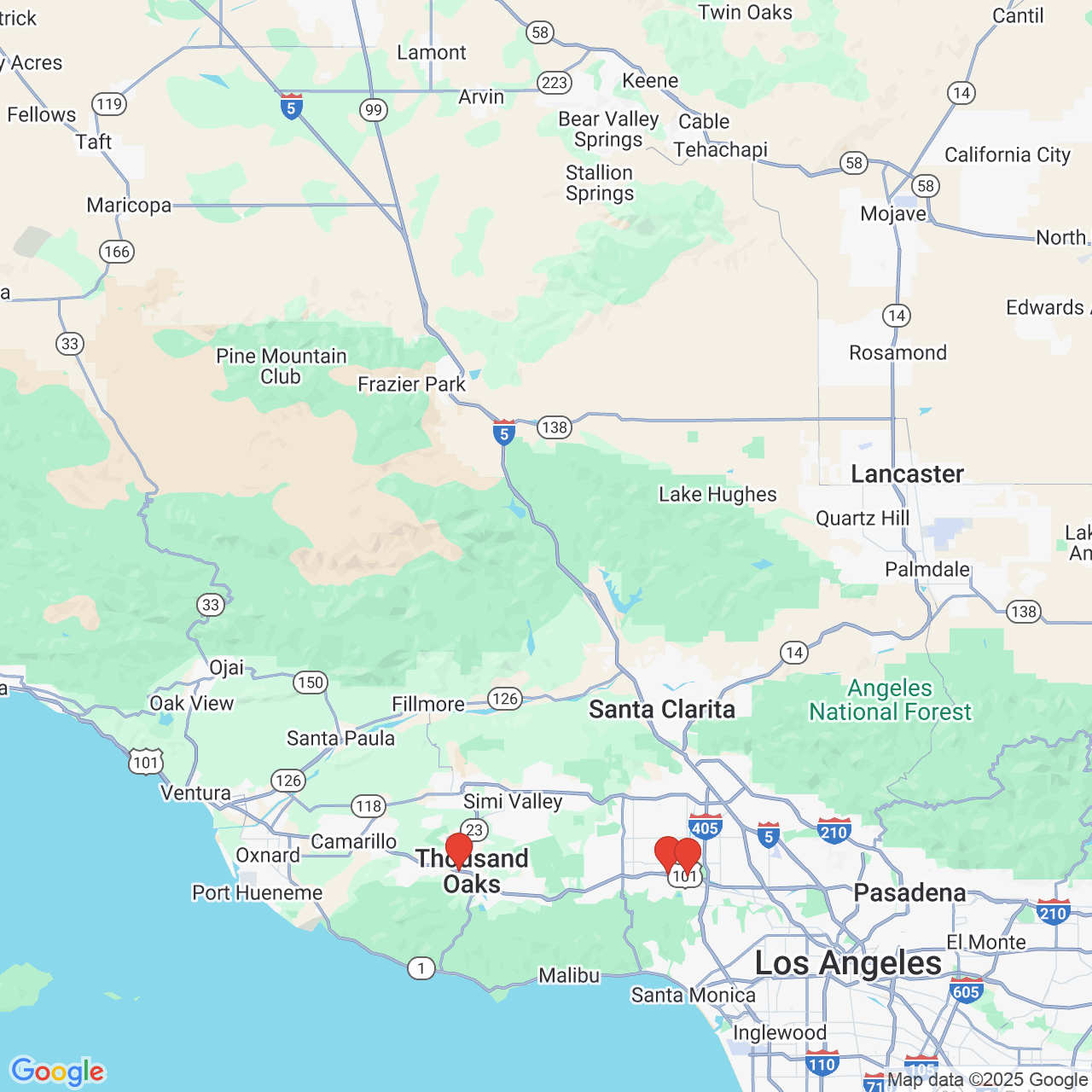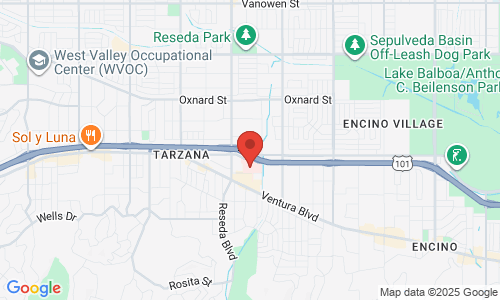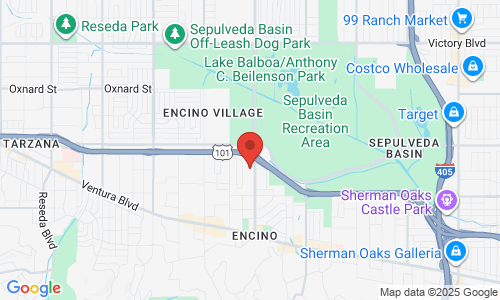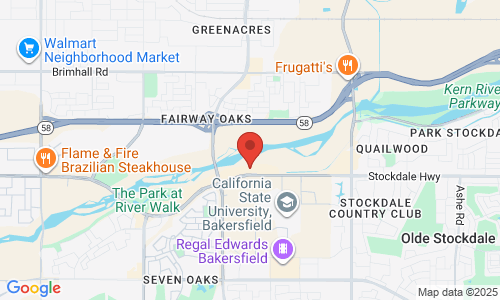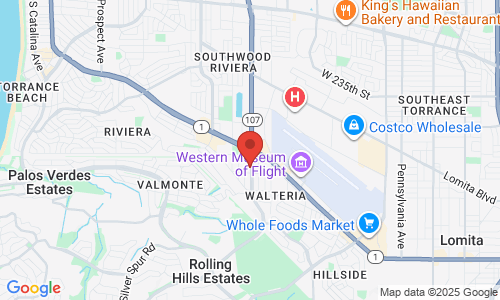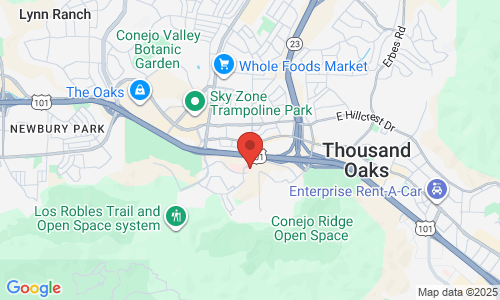Tubal Reversal Offers the Freedom to Change Your Mind
If you underwent tubal ligation (tying of the fallopian tubes) for medical reasons or personal beliefs, you might not think that parenthood is an option for you.
But at The Center for Fertility and Gynecology in Los Angeles, CA, our doctors can perform tubal reversal to restore your ability to get pregnant.
What makes tubal ligation reversal a great option for patients who have previously undergone sterilization surgery?
A Closer Look at the Procedure
A Solution for Patients with Previous Tubal Ligation
Tubal reversal, also known as microsurgical tubal reanastomosis, is a procedure performed on women who have previously had their tubes "tied" in a surgical sterilization procedure.
Although many patients who have undergone tubal ligation are good candidates for tubal reversal, several factors may affect your ability to get pregnant, including:
- Age
- Condition of your fallopian tubes
- Sperm quality
If our doctors feel that tubal ligation reversal will not increase your likelihood of getting pregnant, we will recommend an alternative fertility treatment.
Tubal Reversal Can Restore Fertility
Visit The Center for Fertility and Gynecology Today
Our Los Angeles doctors have extensive experience performing reproductive surgeries including tubal ligation reversal. By carefully screening every candidate, we can guide patients towards a procedure that will substantially increase their chances of parenthood. Dr. Michael Vermesh and Dr. Tannaz Toloubeydokhti are members of various renowned organizations, including:
- The American College of Obstetricians and Gynecologists
- American Society for Reproductive Medicine
- Society for Reproductive Endocrinology and Infertility
We serve patients from Tarzana and Bakersfield to around the globe. To find out if tubal ligation reversal is right for you, request a consultation online or call us:
(818) 881-9800
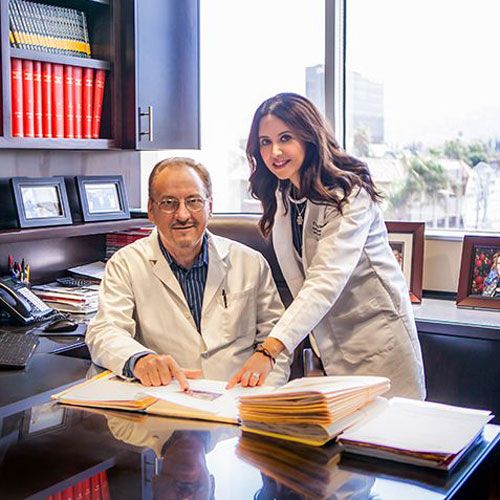
Dr Tolou and Dr Vermesh both are Amazing. They helped me and my husband to fulfil our dream to become parents in no time. We highly appreciate their help. Staff is also very nice and helpful. We are blessed that we choose this office. I would highly recommend this office to everyone who needs help in conceiving. Thank you so much again for helping us.
View On GoogleVery attentive staff with the specialized knowledge and expertise to help you with fertility. After 5+ years of trying (approaching age 40), I decided to leave my primary care provider and try Center for Fertility as my IVF option. In doing so, the cost was entirely out of pocket. The cost can be daunting at first but the level of specialized care you receive is so worth it. They were able to identify specific barriers that were keeping me from being able to conceive and carry a child. I would listen and choose to go with all their recommendations, even if it adds another $ to your bill. The Dr. and all the nurses are incredibly sweet and truly want the best outcome for you and your family. Highly recommend to anyone seeking fertility assistance!
View On GoogleTubal Ligation Reversal vs. IVF
For some patients, tubal ligation reversal is a better option than in vitro fertilization (IVF). The procedure is fairly quick and more natural because it eliminates the need for medications and hormones. Because the effects are permanent, tubal ligation reversal allows you to have more than one child following the same procedure, making it a more economical alternative for many families.
Because we offer both procedures at our Los Angeles center, we can recommend the best option for your needs.
Our Delicate Surgical Technique
Our practice uses advanced tools and methods to repair the fallopian tubes without injuring other organs or healthy tissue:
- Microsurgical techniques
- Highly precise instruments
- Eyelash-sized sutures
- Surgical magnification glasses (loupes)
This minimally invasive approach delivers a much faster recovery than traditional techniques, which require a one to three-day hospital stay with a four to six-week recovery.
To ensure minimal scarring, we also create a very small incision on the lowest part of the abdomen. We can complete the entire procedure through this five to seven-centimeter incision. In addition to repairing the fallopian tubes, we can assess the health of the uterus, ovaries, and fimbria.
Your Consultation with Our Doctors
We can help you decide if the reversal process is right for you based on your medical history and overall health.
For your consultation, we recommend that you bring a copy of your operative report from your tubal ligation (sterilization surgery). Your tubal ligation records can also be faxed or emailed to our office.
After reviewing your records, we will schedule your consultation. During your consultation, our doctors will review the risks, benefits, side effects, potential complications, and outcomes. It is important that you understand the potential risks and benefits before our doctors schedule your surgery. We serve patients from Bakersfield and Tarzana, as well as international patients, so if you are visiting us from out-of-town, we can also conduct the consult over the phone.
In some cases, we may recommend a semen analysis prior to the surgery. Semen analysis allows us to identify male infertility. In women 35 or older, we will check the follicle-stimulating hormone (FSH) levels to ensure that fertility has not declined.
If you do not qualify for this procedure due to a complete absence of tubes, low sperm count, or other factors, our doctors may recommend an alternative procedure such as IVF or IVF with intracytoplasmic sperm injection (ICSI).
The Procedure
Tubal reversal (also called tubal reanastomosis) is an outpatient procedure that takes about 90 minutes to three hours, but you can expect to be at our out-patient surgical center for a little over two to four hours from start to finish. The procedure is low-cost and offers a quick recovery, low risk of complication, and has an impressive success rate.
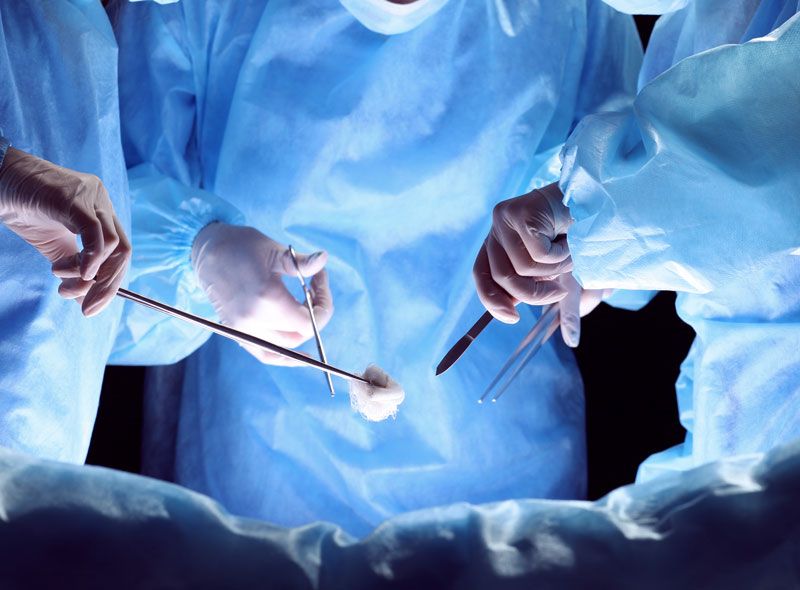
Surgery
This highly effective procedure is performed through a very small incision in the lowest part of the abdomen. Through this small incision, our doctors can access the abdomen, locate the blockage or ligation in the tubes, open the tubes, reconnect them using circumferential stitches, and allow the patient to resume her natural fertility. We use a combination of scalpels, surgical scissors, and electrocautery to complete the necessary repairs.

Dye Test
We will then conduct a dye test to determine whether our surgery was successful. Our doctors will inject a blue dye through the uterus and upwards towards the tubes. If the dye spills out of the end of each tube, we can confirm that the tubal ligation reversal was successful.

Sutures
Once we confirm the success of the surgery, we will return the uterus to its natural position and suture the tissue and skin back together with absorbable stitches.
What to Expect During Your Recovery
After waking up from surgery, you will stay for a short observation. Most patients are discharged from our outpatient surgery center in two to four hours after tubal ligation reversal. You should plan on resting and taking it easy, but you can typically resume normal activities within one or two weeks.
Upon discharge, you will also receive a prescription for pain medication and instructions regarding diet and activity.
Your Results
In almost every case, one or both tubes are successfully reconnected. This is clearly demonstrated by a dye test, during which dye is inserted into the uterus. If the dye flows through the fallopian tubes without leaks or stops, the procedure was successful.
At our reproductive center, the pregnancy rate one year after surgery is approximately 70 percent.
If pregnancy does not occur within six months, an x-ray study (HSG) will show if the fallopian tubes are still open. If your tubes are blocked, you may need to explore other options including IVF.
When pregnancy occurs, it is important to have a physician actively determine its location as soon as possible, since tubal reversal has been linked to an increased risk of tubal pregnancy. You should also stay in touch with our Los Angeles office during your entire pregnancy.
The most reliable and successful clinic!! The staff is very, very friendly and really cares about each and every patient! Dr Vermesh is a magician!! I have no words to express the amount of knowledge and experience he applies at each situation through the process of each visit. And he really becomes friends with every family and cares about every single one of them.
View On Google
Amazing Dr and Facility
We tried to get pregnant for a year with no issues known or found. Went to the top Doctors on both east and west coasts and no one could help. One appointment with Dr. Vermesh and we are happily expecting. He is absolutely incredible and his staff are amazing! If you are having a hard time, look no further, he’s the best out there!
Determining the Cost of Tubal Reversal
At The Center for Fertility and Gynecology in Los Angeles, our doctors can perform your microsurgical tubal reversal for the price of $9,200.00.
This fee of $9,200.00 includes:
- Pre-operative examination including pre-operative blood work
- Surgical fees for surgeon and assistant surgeon
- Operating room fees
- Anesthesia fees
- Post-operative follow-up visit
Additional fees may include:
- Fees for patients with BMI (body mass index) of 25 or above
For a personal estimate, contact our office and schedule a consultation.
Financing Options
We want every patient who has undergone tubal ligation to have options, so we work with various third-party lenders, including
Prosper Healthcare Lending
Prosper Healthcare Lending is one of the leading financing companies in the fertility treatment industry. They've empowered thousands of families who are facing infertility by funding loans to cover Tubal Ligation Reversal costs.
Prosper Healthcare Lending finances for any fertility or surrogacy treatment as well as related expenses. They also offer large loans and flexible repayment terms. You can apply online and receive a decision in just seconds. When applying, use our provider ID: #026988.
New Life Fertility Finance
The world’s leading surrogacy and Tubal Ligation Reversal insurance solution provider, in partnership with LightStream, now offers financing options for ALL assisted reproduction insurance needs, including surrogacy and medications through Walgreens Pharmacies.
Finally, a way to alleviate the upfront, stressful, out-of-pocket costs on your journey of securing your future family.
CapexMD
CapexMD specializes in patient financing services for all infertility treatments.
Through our partnership with CapexMD, we are able to offer customized loan programs with highly competitive rates that include a variety of loan types. Their simple loan process makes the experience of fertility financing relatively stress-free. Their loan programs cover all fertility treatment options–including fertility medications and genetic testing if necessary–so you can be sure that none of your expenses are left uncovered.
Future Family
Future Family is the best way to pay for treatments. A personal Fertility Coach is just one of our many layers of support Future Family offers with every loan. Check out Our Why!
Learn more and apply here.
*All credit checks are soft pulls and DOES NOT DAMAGE your credit at all.
The Center for Fertility and Gynecology
The Center for Fertility and Gynecology has been providing comprehensive fertility services since 1987. We use innovative techniques to achieve some of the highest pregnancy rates nationwide. Dr. Michael Vermesh and Dr. Tannaz Toloubeydokhti are proud to be affiliated with a range of prestigious organizations, including:
- The American College of Obstetricians and Gynecologists
- American Society for Reproductive Medicine
- Society for Reproductive Endocrinology and Infertility
For more information about our practice, serving patients from Tarzana and Bakersfield to around the world, contact us online or call (818) 881-9800 today.









